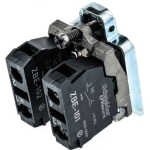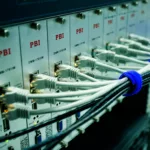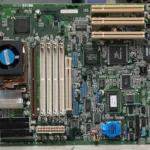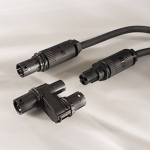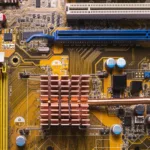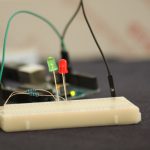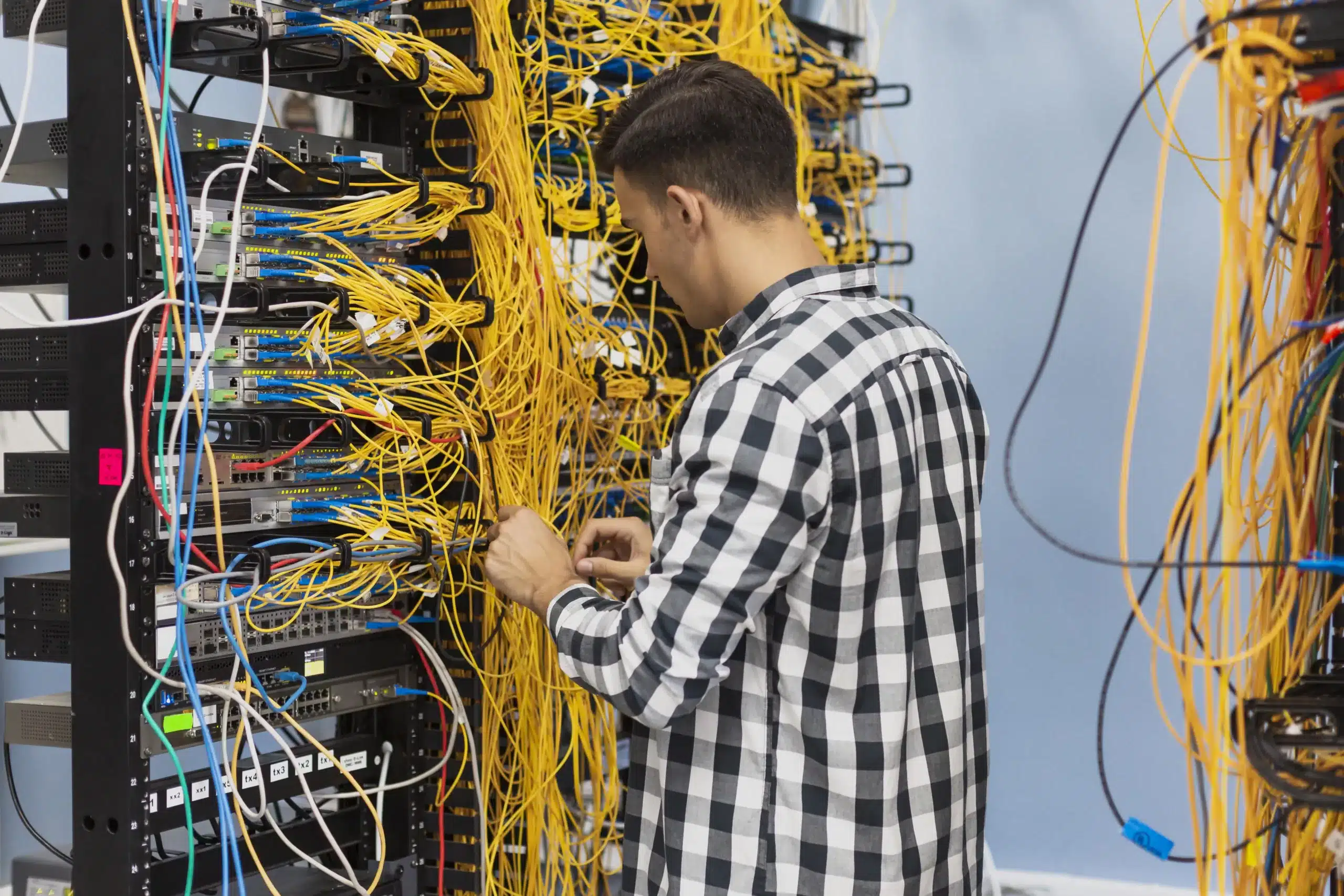
Introduction
Telecommunication networks are the backbone of today’s modern digital society, enabling seamless communication and connectivity. To ensure the reliability and consistent operation of these networks, it is imperative to have a robust and efficient power supply system in place. High-efficiency power supplies are at the forefront of telecom infrastructure–maintaining network availability and reducing operational costs. This blog post comprehensively covers different aspects of high-efficiency power supplies, including their significance, role, popular types, and benefits in elevating telecom operations.
Understanding Telecom Power Requirements
Telecom networks encompass a broad range of equipment–from cell towers to data centers–each with unique power demands. The power supply for these networks must have the potential to deliver clean and stable energy to support the operation of various devices and systems, such as routers, switches, base stations, and cooling equipment. Telecom power systems need to account for redundancy and scalability to ensure uninterrupted service, even in adverse conditions.
The Importance of Telecom Operations
Telecom operations form the backbone of modern communication networks and are integral to our daily lives. These operations are essential for internet connectivity, mobile communication, data transfer, and more, underpinning economic growth, technological advancement, and societal progress. Any disruption in these operations can lead to significant inconveniences and even economic losses. It is, therefore, imperative for telecom operators to maintain the highest level of reliability and uptime.
The Role of High-Efficiency Power Supplies in Telecom Infrastructure
Power supplies are the lifeblood of any telecom infrastructure, providing the necessary electrical power to run network equipment, data centers, and communication devices. In the event of a power outage or fluctuation, backup power supplies such as batteries and generators kick in to ensure uninterrupted service. Thus, the efficiency and reliability of power supplies are critical to maintaining telecom operations. High-efficiency power supplies are significant in the telecommunications industry, as they help reduce energy consumption, lower operating costs, and minimise environmental impact.
High-Efficiency Power Supplies: Exploring Their Benefits in Telecom Operations
High-efficiency power supplies are designed to transform electrical energy from the grid into usable power for telecom equipment with minimal wastage. Traditional power supplies are often inefficient, leading to energy losses as heat. High-efficiency power supply, on the other hand, minimise these losses, leading to profound benefits for telecom operators, such as:
Reduced Energy Costs
One of the most immediate advantages of high-efficiency power supply is a significant reduction in energy consumption. Telecom operations are energy-intensive–consuming vast amounts of electricity. High-efficiency power supply can help operators cut down on their energy bills, contributing to cost savings.
Environmental Sustainability
Reducing energy consumption benefits the bottom line and also has a positive impact on the environment. High-efficiency power supplies lead to a smaller carbon footprint, making telecom operations more environmentally friendly. This is particularly important in an era where sustainability and corporate responsibility are in the spotlight.
Enhanced Reliability
Reliability is paramount in telecom operations. High-efficiency power supplies are designed to operate at peak performance, ensuring a steady and uninterrupted power supply to critical equipment. This enhanced reliability reduces costly downtime, which can be damaging to a telecom operator’s reputation.
Improved Scalability
As telecom networks expand to accommodate increasing demand, scalability becomes crucial. High-efficiency power supplies are often more compact and generate less heat than their traditional counterparts. This allows for greater flexibility in designing and expanding network infrastructure, making it easier to adapt to changing requirements.
Advanced High-Efficiency Power Supplies for Telecom Operations
Telecom operations rely on various equipment and network components, including base stations, data centers, switches, and routers, all of which require power supplies to function optimally. There are various types of high-efficiency power supplies suitable for telecom operations, including:
Rectifiers and Inverters
These devices convert alternating current (AC) to direct current (DC) and vice versa with minimal energy loss, ensuring a stable power supply to telecom equipment.
Voltage Regulators
Voltage regulators maintain a stable output voltage even when the input voltage fluctuates. High-efficiency voltage regulators help reduce power losses and ensure consistent power quality in telecom operations.
Lithium-Ion Batteries
Advanced lithium-ion batteries provide reliable backup power during outages, ensuring continuous operation of critical telecom infrastructure.
Power Distribution Units (PDUs)
High-efficiency PDUs help distribute power within telecom facilities while minimising energy losses. They often include features like load shedding, remote monitoring, and power factor correction to enhance efficiency.
Energy-Efficient Transformers
Transformers are used to step-up or step-down voltage levels in power distribution. Advanced, high-efficiency transformers reduce energy losses during this process.
Hybrid Power Solutions
Amalgamating renewable energy sources (like solar panels and wind turbines) with efficient power supply can further reduce operating costs and environmental impact.
Implementation of High-Efficiency Power Supplies in Telecom Infrastructure: Exploring the Challenges
While the benefits of high-efficiency power supplies are clear, their implementation can pose challenges for telecom operators. Understanding the challenges and considerations is therefore vital for ensuring smooth operations within telecom infrastructure and include:
Upfront Costs
Investing in high-efficiency power supply may require a significant upfront investment. However, consider viewing this as a long-term investment that will yield substantial cost savings and operational benefits over time.
Compatibility
Integrating high-efficiency power supplies into existing telecom infrastructure may require some adjustments and compatibility checks. It’s essential to work closely with equipment manufacturers and power supply vendors to ensure a seamless transition.
Monitoring and Maintenance
High-efficiency power supplies need regular monitoring and maintenance so that they operate at peak efficiency. Telecom operators should establish robust maintenance protocols to address any issues promptly.
Final Thoughts
Integrating high-efficiency power supplies into telecom operations represents a pivotal step towards enhancing performance, reducing energy costs, and promoting sustainability. The unparalleled benefits of high-efficiency power supply make them indispensable in the evolution of modern telecommunications. By adopting these advanced technologies, telecom companies can bolster their operational efficiency and contribute to a greener and more sustainable future. Thus, elevating telecom operations with high-efficiency power supply is a strategic imperative that promises to shape the industry’s trajectory for years to come.






